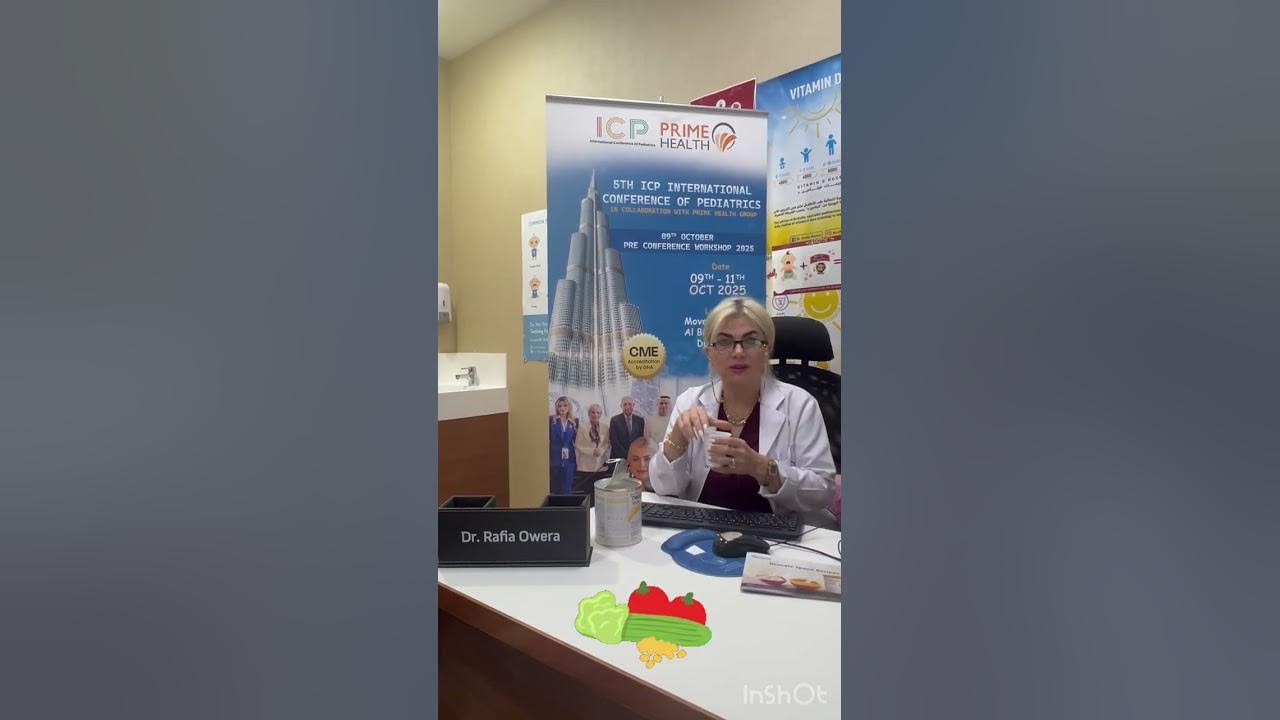3 Shortcuts to Get Your Toddler Talking Sooner
Summary
TLDRThis video explains effective ways to encourage communication in babies and toddlers. It highlights the importance of giving children time to process and respond before intervening, even when it feels awkward. The video also suggests creating communication opportunities by placing items just out of reach and using fun, engaging words during play. These strategies help toddlers feel motivated to communicate, whether through gestures, sounds, or words. Additionally, the video warns against common mistakes parents make that can hinder communication development. The tips aim to improve toddlers' ability to express themselves and learn to talk.
Takeaways
- 😀 Talking less can help babies and toddlers communicate better.
- 😀 It's important to wait for your toddler to respond, giving them time to process and react.
- 😀 Parents should wait about five seconds after asking a question to allow their child time to respond.
- 😀 Showing interest while waiting—like raising eyebrows or smiling—encourages communication.
- 😀 Toddlers may use eye contact, babbling, gestures, or words to communicate when given time.
- 😀 Strategic environmental sabotage can create communication opportunities by placing favorite items out of reach.
- 😀 Placing toys or food just out of reach motivates toddlers to ask for them using gestures or words.
- 😀 Playing with your child using fun words (like animal noises or transport sounds) can encourage language development.
- 😀 Fun words like 'vroom,' 'chugga-chugga,' or 'toot-toot' are often the first words toddlers imitate and say.
- 😀 There are common parenting mistakes that can discourage toddlers from talking, which should be avoided.
Q & A
Why is talking less to your toddler sometimes more effective for communication?
-Talking less gives your toddler the necessary time to process what was said, think about a response, and then communicate that response, whether through words or gestures. It creates opportunities for communication rather than rushing them into an immediate reply.
What is the common mistake many parents make when asking their toddlers questions?
-Many parents ask their toddler a question, such as 'Would you like your dinosaur?' and then immediately provide the toy without waiting for a response. This doesn't give the child enough time to understand and reply.
How long should parents wait after asking their toddler a question?
-Parents should wait approximately five seconds after asking a question to give their toddler a chance to process the information and respond.
What are some ways parents can show interest while waiting for their toddler to respond?
-Parents can show interest by raising their eyebrows, smiling, or opening their mouth. These nonverbal cues signal to the toddler that the parent is interested in their response.
What role does the environment play in encouraging communication in toddlers?
-By strategically placing items that toddlers want, such as toys or food, within their sight but out of reach, parents can encourage toddlers to communicate by using gestures, pointing, or words to ask for the items.
How can parents use their toddler's favorite toy to encourage communication?
-Parents can place the toddler's favorite toy on a high shelf, making it visible but not accessible. The toddler will be motivated to ask for it by pointing, grunting, or using a word, providing an opportunity to practice communication.
Why is playing with fun words important for encouraging speech in toddlers?
-Using fun words like animal noises or vehicle sounds while playing helps engage toddlers. They are more likely to imitate these sounds and, over time, may begin to say them on their own as part of their speech development.
What types of 'fun words' should parents use during playtime?
-Fun words include animal noises (like 'moo' or 'woof'), transport vehicle sounds ('vroom' for a car or 'toot-toot' for a train), and action noises (such as 'crash' or 'bang'). These are often the first words toddlers imitate.
What is a major challenge parents face when trying to give toddlers time to communicate?
-The challenge often lies in the time pressures of daily life and the internal drive to anticipate a toddler's needs quickly. This can make it difficult for parents to remember to wait and give toddlers time to respond.
What common mistake should parents avoid when trying to encourage their toddler's communication?
-Parents should avoid rushing to provide answers or toys immediately after asking questions. This reduces the chances for the toddler to actively communicate, which is essential for their language development.
Outlines

Cette section est réservée aux utilisateurs payants. Améliorez votre compte pour accéder à cette section.
Améliorer maintenantMindmap

Cette section est réservée aux utilisateurs payants. Améliorez votre compte pour accéder à cette section.
Améliorer maintenantKeywords

Cette section est réservée aux utilisateurs payants. Améliorez votre compte pour accéder à cette section.
Améliorer maintenantHighlights

Cette section est réservée aux utilisateurs payants. Améliorez votre compte pour accéder à cette section.
Améliorer maintenantTranscripts

Cette section est réservée aux utilisateurs payants. Améliorez votre compte pour accéder à cette section.
Améliorer maintenantVoir Plus de Vidéos Connexes

Mata Kuliah (Penilaian Status Gizi) - Pengukuran Berat Badan Bayi Menggunakan Dacin

Baby Human - 03 - Hablar

Stop Saying These 3 Things To Your Toddler (and what to say instead)

Baby and Toddler Milestones, Dr. Lisa Shulman

Module 3: Bridging Gaps- Solutions to Conflicts

video output 084CEF30 970D 4242 95B6 7513EDDBF48D 1
5.0 / 5 (0 votes)
